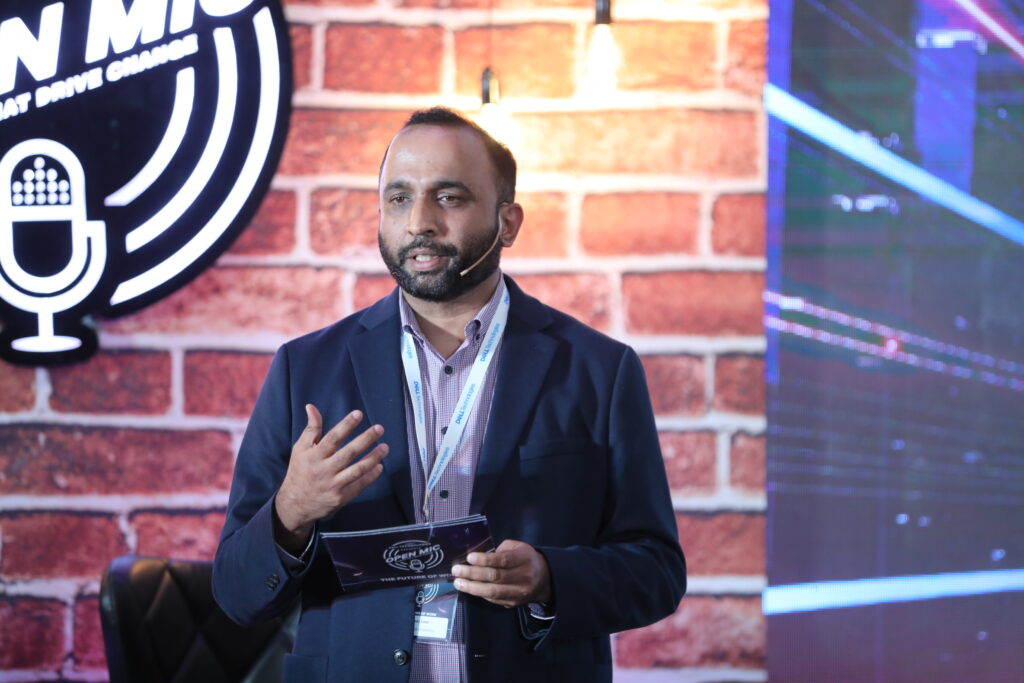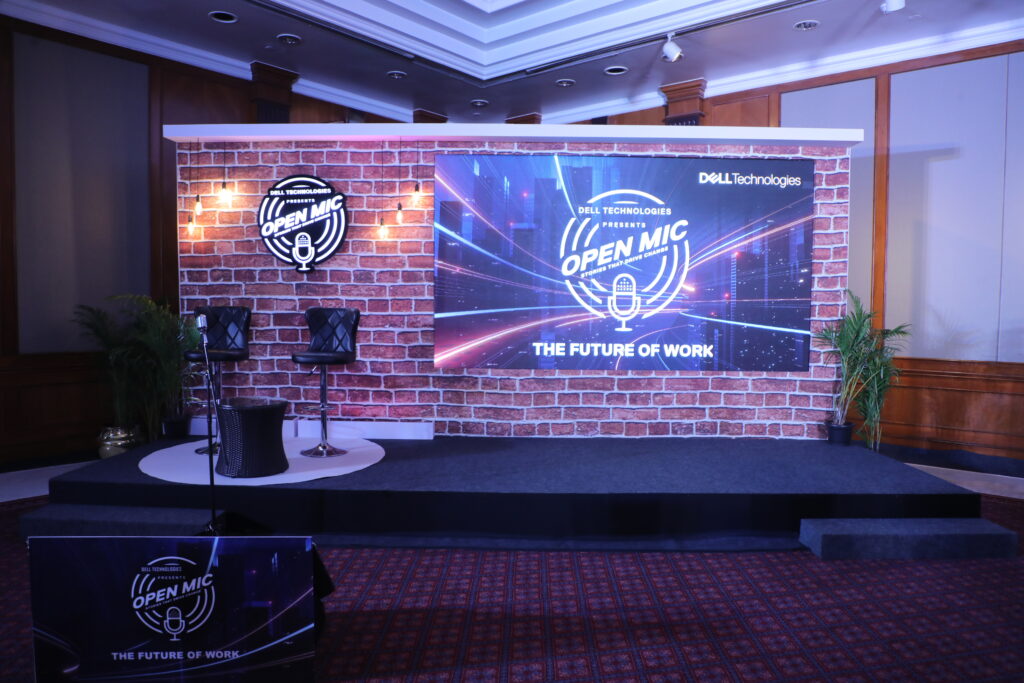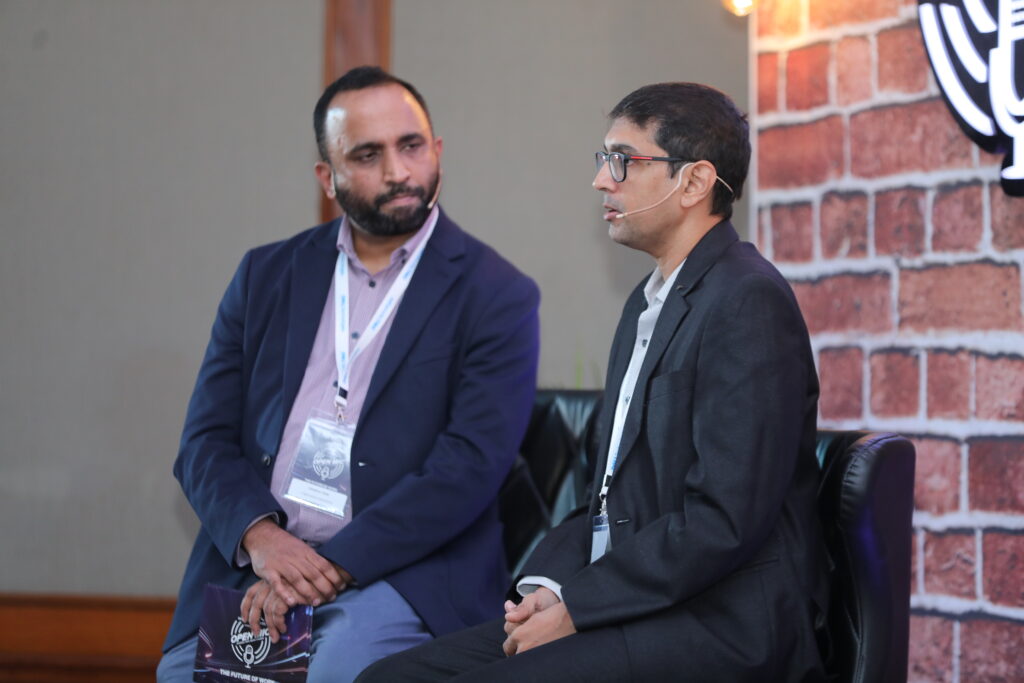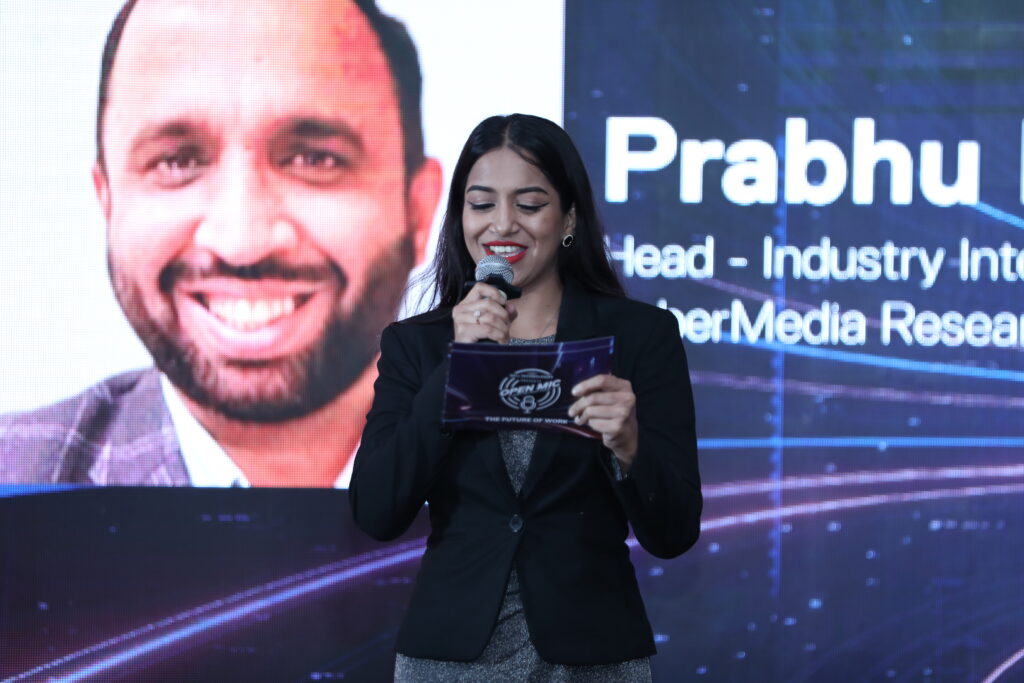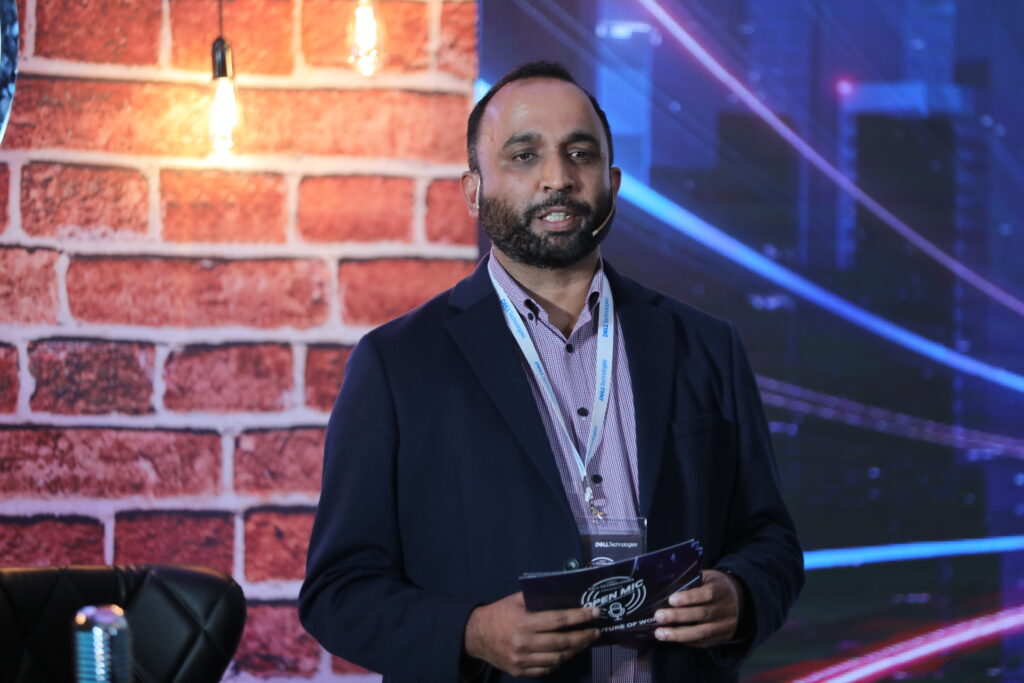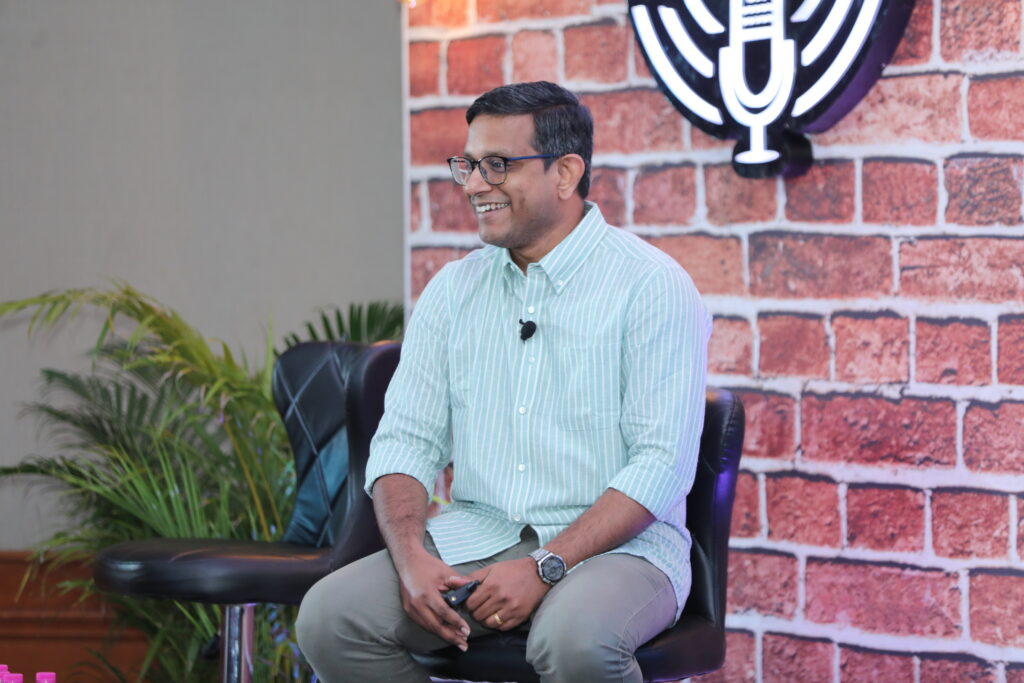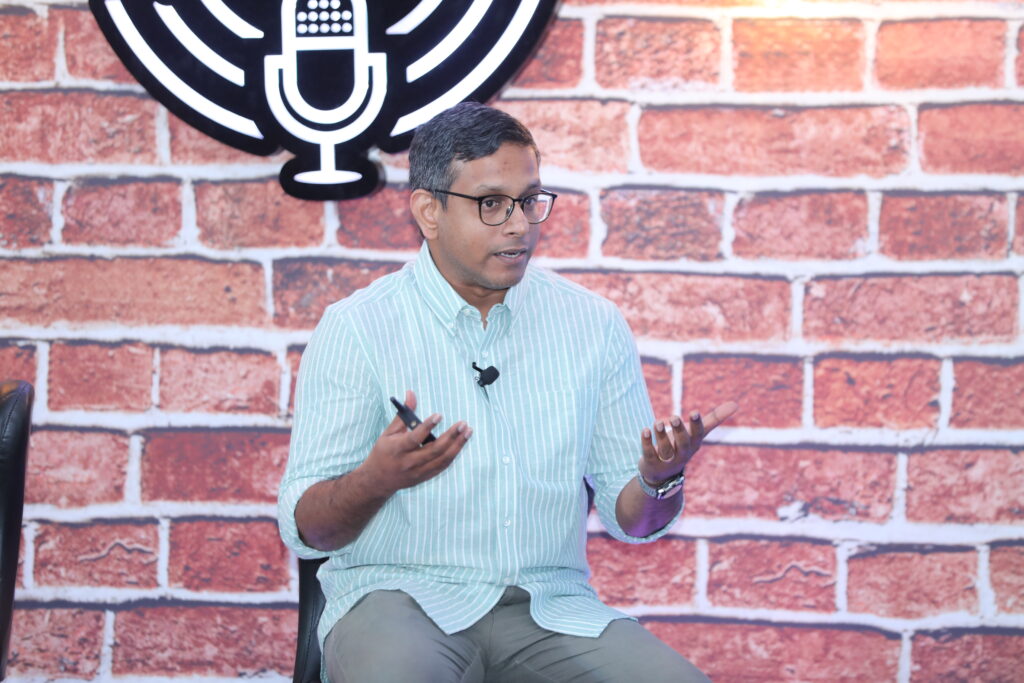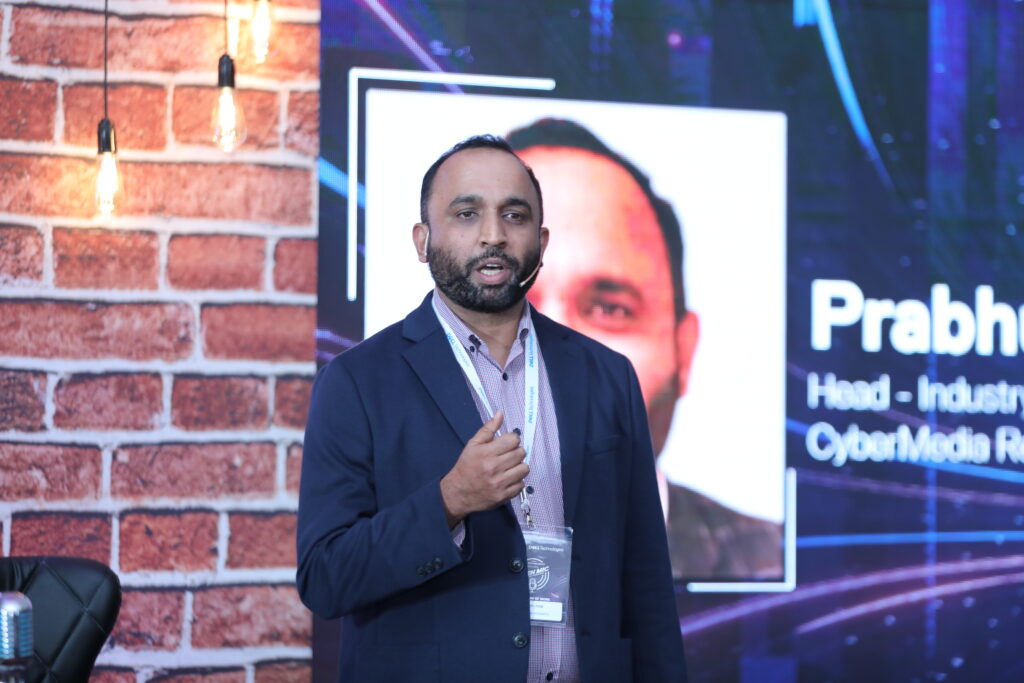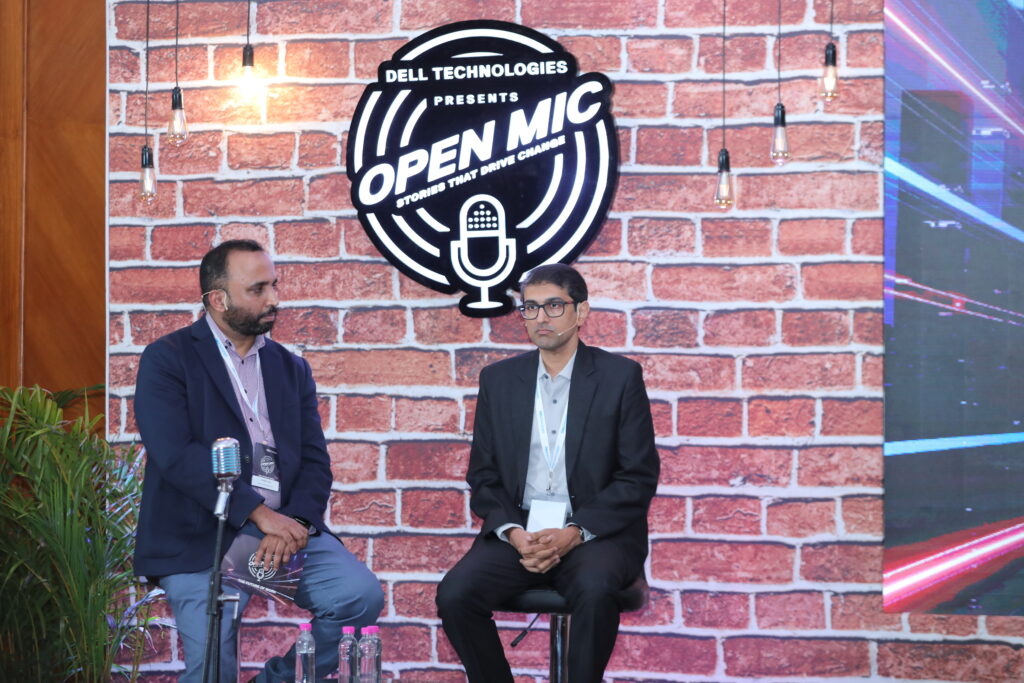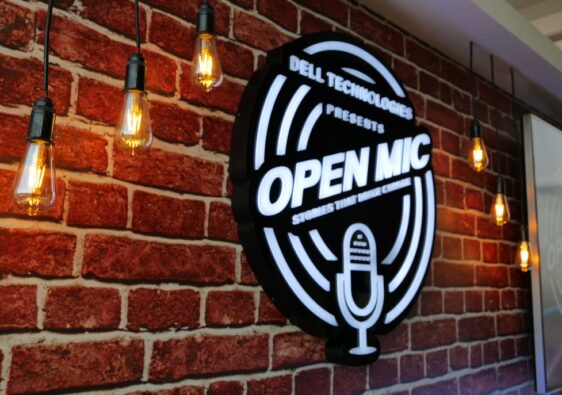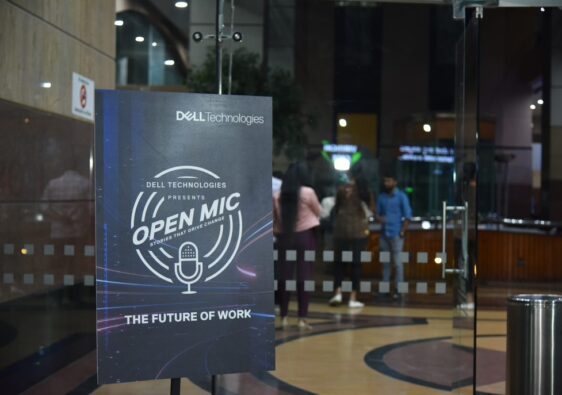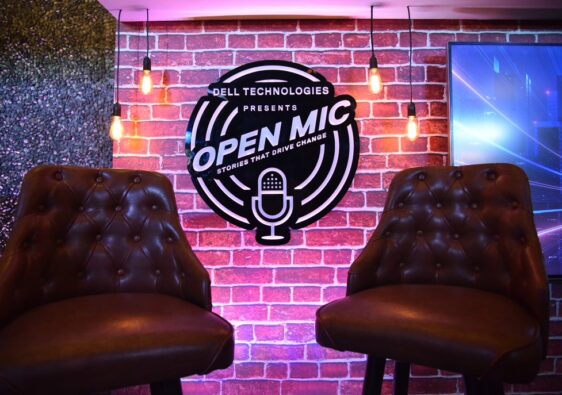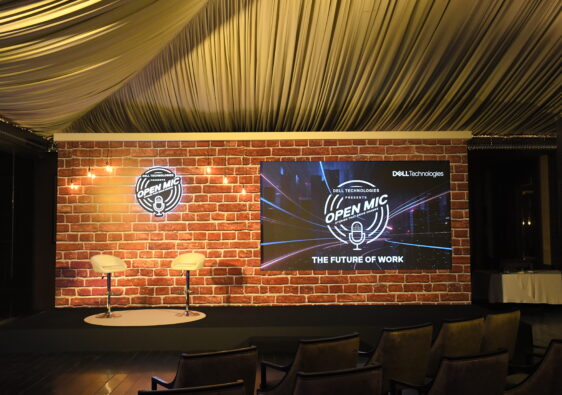Steve Jobs once said
“The most powerful person in the world is the storyteller. The storyteller sets the vision, values, and agenda of an entire generation that is to come…”
As far as one can remember, movies always have had a special place in our life. Movies appeal to us, provoke us and quite often, inspire us to a greater purpose.
.
The Dell CIO Open Mic – Stories that Drive Change – is a unique forum from Dell Technologies that fosters conversations around the CIO changemakers shaping the new tech-driven workplace. I have been grateful to have been associated with this forum as a storyteller, enabling conversations with CIO Changemakers. Through the Dell CIO Open Mic forum, the CIO Changemakers have shared their vision, their purpose, and their perspectives on the new tech-driven workplace with me and the CIO community.
The Business and Technology of Cinema
India produces the most movies, about 1,700 movies each year across 22 different languages. The Cinemas is where India bonded.
Let us talk technology in movies.
For long, a major problem plaguing Indian film-makers was piracy. With the rising digital adoption across the value chain, today’s movies are digitized and widely distributed across regions. Digitization has been instrumental in curbing piracy, though there are instances of leakage of film prints.
In recent years, India has seen a renaissance when it comes to film-making, with technology playing a pivotal role. With rich content steeped in Indian culture coming to the fore, Indian films have increasingly blurred linguistic and geographical borders, and appealed to cine-goers everywhere in India, and internationally. The iconic Indian film, RRR, for instance, received a rather warm welcome in Japan at the cinemas recently.
India’s VFX and animation industry has played a key role in elevating the storytelling and realizing the vision of the storyteller. Today, India’s VFX and animation industry enjoys a <10% of the global market share in the VFX and Animation industry, with the potential headroom for growth remaining significantly high.
The onset of the Pandemic
With cinemas running shut through the pandemic years, OTTs gained traction. The closure of Cinemas had a severe social impact on not just the cinema business, but also impacting associated businesses in the cinema value chain.
With the slow and gradual opening-up of economy, cinemas reopened at 50% capacity. The rise of strong regional content movies alongwith character and franchise-driven films from Hollywood and Bollywood, cinemas today are back in business, gradually picking-up steam. KGF: Chapter 2 and RRR became the third and fourth highest-grossing films ever in India.
Through the course of the tough period, cinemas have continued to invest in the Big Screen experience, bringing state-of-the-art technology to cine-goers, alongwith the latest safety initiatives.
When the pandemic hit, cinema business owners battled to stay afloat by undertaking smart business pivots. For many, these pivots were meant to be a temporary measure to ease over the uncertain period of lockdowns of restrictions, before they could return to business as usual.
However, for others, such business pivots have helped unlock tremendous value in terms of new innovation.
UFO Moviez
Meet Kaushik Mamania, Senior VP- Engineering, UFO Moviez India Ltd.
How did UFO Moviez navigate to the new normal?
Over the years, UFO Moviez has pioneered and ushered in content digitization in Indian cinema. This has enabled cinema businesses in Tier III and Tier IV cities and towns to enjoy quality content on the first day of release. For content creators, they were able to monetize within a shorter time-frame.
When the pandemic lockdowns hit cinemas, UFO Moviez was faced with an uncertain future. Yet, it decided not to lay-off its workforce. With an intent to engage and inspire its personnel, UFO Moviez decided to open source innovation from within, to ring-fence its main business. While doing so, UFO Moviez also worked on ideas to ensure a smooth transition to its core business when normalcy returned.
The notes below are from the Dell CIO Open Mic ‘Future of Work’ where I spoke with Kaushik Mamania from UFO Moviez on an array of themes. We spoke about the business transformations, lessons learnt in enabling new innovations in a remote-first environment, amongst others.
In early 2020, Indian cinemas faced a major challenge with the advent of the COVID-induced lockdowns. In comparison to >1800 releases in 2019, only 441 film releases came to the cinemas in 2020.
It was tough to imagine or predict clearly the intensity and the severity of the socio-economic challenges wrought by the pandemic. Cinemas were mandated to remain closed for prolonged periods. Even when they were allowed to open, they had to operate under safety measures with significantly limited audience numbers.
Despite the tough macro environment and an uncertain future, UFO Moviez steered engagement and purpose, and decided to look at its workforce for new business ideas to spur growth, including in adjacencies. In a remote environment, such business collaboration contributed to some new sustainable business ideas to emerge. Alongside, the workforce became open to upskilling and reskilling to contribute to these new business ideas – including two B2C apps around short videos and content discovery. Both apps were scaled-up within a short-time. In addition, recognizing the growing importance of Aspirational India, UFO Moviez was able to devise Nova Cinemaz – a one-of-a-kind entertainment and utility center for rural and semi-urban India having Cinema Screens, Retail as well as Cafeteria.
While business process automation always existed, UFO Moviez was able to get its workforce to adapt and embrace to new business processes with a common purpose.
How is Dell Technologies enabling the modern workplace?
In the new normal, it is imperative to ensure great and personalized user experiences for their employees, for enterprises moving to, and aiming to succeed in a digital workplace. The goal of enhanced user experience is not just about increasing productivity. It is rather to ensure that great user experiences lead to further digital transformation, and adoption of new digital tools for collaboration and productivity.
At Dell Technologies, the focus has been on workforce transformation. The Dell approach focuses on:
- Providing the right devices, for an array of user cohorts, with built-in intelligence, security and privacy
- Enhance user productivity with a layer of software and services
- Accelerate modernization with automation, insights as well as enhanced user experiences in digital workplaces
In addition to the devices, Dell focuses on delivering solutions that enable secure and productive work from anywhere.
In Conclusion
Reimagining the future of work is a formidable challenge. I believe organizations should aim at the following to prepare for the Hybrid Work era.
- Build a strong enabling IT framework. The key to ensuring a thriving hybrid digital workplace starts with equipping the team with the right IT tools, including client devices, IT support services, and supported by bandwidth optimization, among others.
- Enable strong and empathic human-centric work environment. Human experience is at the core of the digital workplace. Organizations should devise strategies to align and prepare its workforce for the complexities of the new normal. The new digital work environment should support employees with their well-being and with technological tools that are personalized to suit their needs.
- Support with digital fluency. Most importantly, organizations should equip the workforce across all levels to be digitally fluent through skilling, re-skilling and up-skilling programs. Personalized learning pathways would enable the teams to prepare for, not just the new normal, but any future outlier events.
